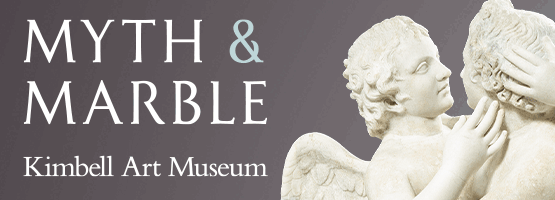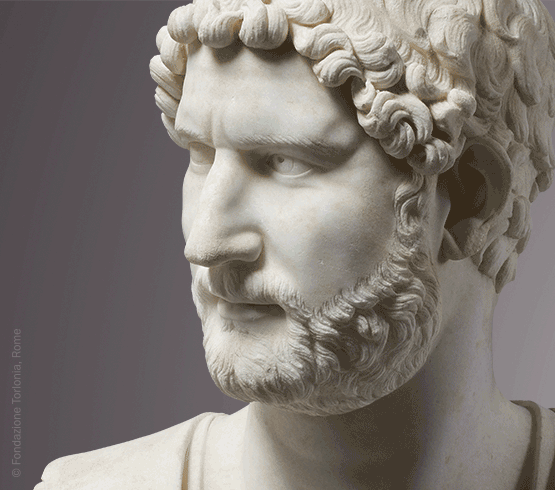“Stepping into this exhibition truly feels like you’re embarking on a journey through time,” says Dr. Nicole R. Myers, Dallas Museum of Art’s interim chief curator and The Barbara Thomas Lemmon senior curator of European Art. She’s referring to the exhibition Saints, Sinners, Lovers, and Fools: 300 Years of Flemish Masterworks, a sumptuous collection of more than 140 works of art from the 1400s through 1600s. Organized by the Denver Art Museum in collaboration with The Phoebus Foundation in Antwerp, Belgium, the traveling exhibition is making its final stop in Dallas Feb. 19 through June 25, 2023, in the DMA’s Clinton Gallery.
Visitors can expect six thematic sections with paintings, manuscripts, sculptures, prints, and decorative art objects from what is today Belgium, the Netherlands, France, and Luxembourg. It begins with the religion-themed “God is in the Details.” Artists of the time began presenting holy figures as flesh-and-blood human beings in contemporary settings, a new approach that heightened feelings of connection. Works in this section include Hans Memling’s The Nativity and Pieter Coecke van Aelst’s Triptych with The Adoration of the Magi, all showcasing the extraordinary attention to detail and devotional imagery that artists and patrons favored at the time.
The second section, titled “From God to the Individual,” showcases how wealthy members of high societal standing were allowed to remain eternally pious through depictions of their holy reverence. The next, “Exploring the World,” marries art and science, as microscopes, telescopes, compasses, and quadrants were developed following earthly exploration, and that urge to learn and explore was then reflected in the works of Southern Netherlandish artists. A pause for fun follows in “The Fool in the Mirror,” a section dedicated to works that humorously critique humans’ innate greed, lust, and other earthly follies. Jokes, pranks, and witty double meanings encourage laughter while warning against a sinful existence.
In “The Triumph of Emotion,” historical context regarding the Eighty Years War (1568-1648) fought between the Netherlands and Spain helps viewers to understand why artists such as Rubens and Van Dyck adopted an emotional approach to painting. In these works, religious scenes were meant to move and overwhelm the viewer, thus securing allegiance to the Catholic faith, embraced by the Spanish rulers.

1 ⁄7
Map of Northern and Southern Netherlands as a Lion (Leo Belgicus), 1656. Nicolaes Visscher II and Hessel Gerritsz. Colored engraving, 28 5/8 × 32 5/8 in. © The Phoebus Foundation, Antwerp.

2 ⁄7
Double Portrait of a Husband and Wife Playing Tables, 1532. Jan van Hemessen. Oil on panel, 54 7/8 × 61 1/8 in. © The Phoebus Foundation, Antwerp.

3 ⁄7
Festival of Monkeys, 1633. David Teniers II. Oil on copper, 19 3/4 × 23 3/8 in. © The Phoebus Foundation, Antwerp.

4 ⁄7
Portrait of a Lady, 1550. Catharina van Hemessen. Oil on panel, diameter 10 1/4 in. © The Phoebus Foundation, Antwerp.

5 ⁄7
The Nativity, about 1480. Hans Memling and Workshop. Oil on panel, 44 3/8 × 34 1/8 in. © The Phoebus Foundation, Antwerp.

6 ⁄7
Triptych with the Adoration of the Magi, about 1530–1540. Pieter Coecke van Aelst. Oil on panel, 47 1/4 × 68 1/4 in. © The Phoebus Foundation, Antwerp.

7 ⁄7
Rebus: The World Feeds Many Fools, about 1530. Jan Massijs. Oil on panel, 20 1/4 × 24 3/8 in. © The Phoebus Foundation, Antwerp.
—LINDSEY WILSON




